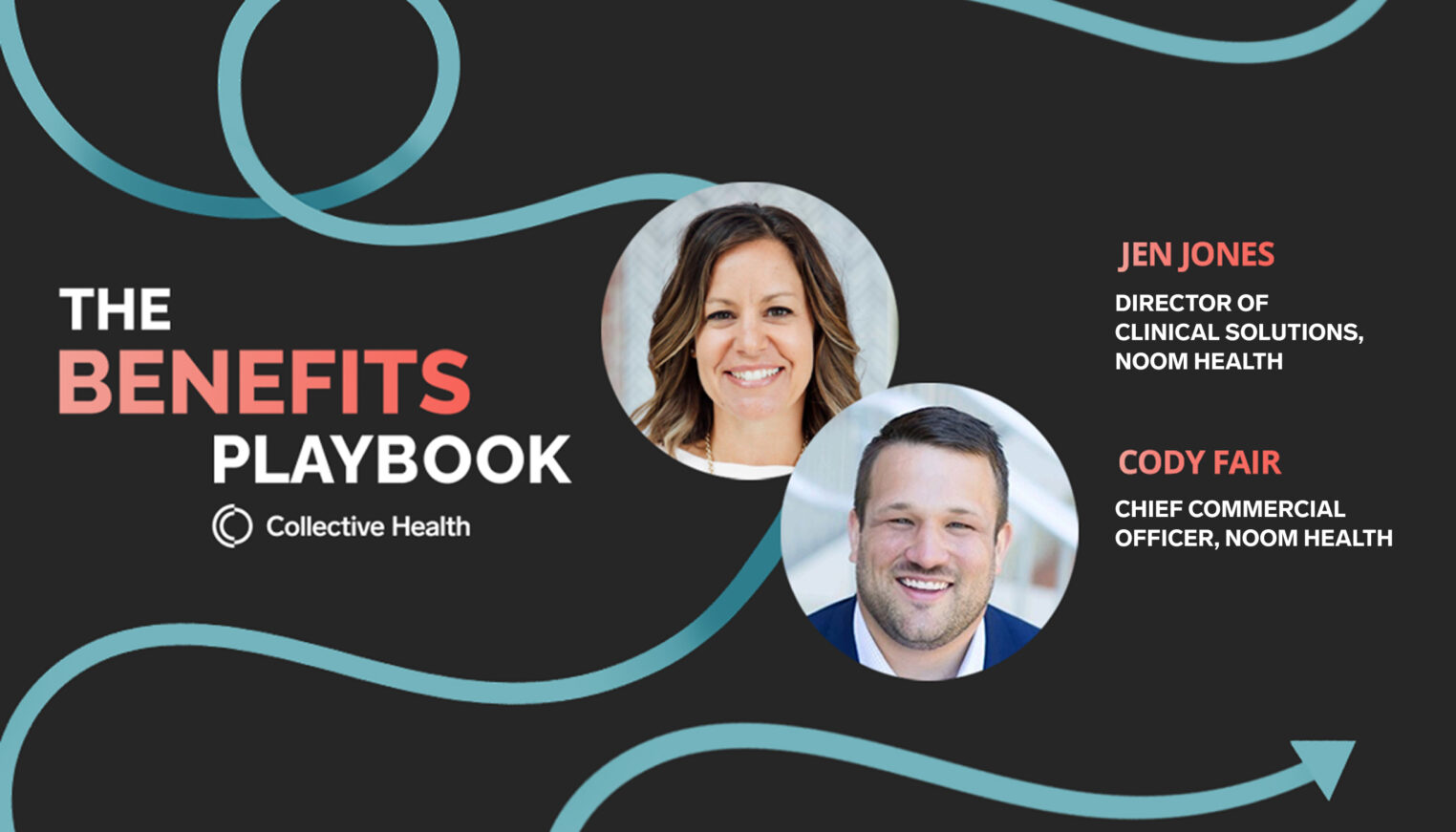As the needs and expectations of your workforce evolve, it’s essential to regularly assess and refresh your benefits package. But how do you know when it’s time for new benefits, partners, and solutions? And how can you identify the ones that will best fit your population’s needs?
In a panel session at the 2024 Employee Healthcare Conference in San Diego, benefits leaders answered these questions and more. The panel, moderated by Kim Shepard, Senior Vice President of Client Success at Collective Health, featured panelists Emily Munroe, Director, Benefits at Live Nation, Alejandro Hernandez, Benefits Manager at Driscoll’s, and Laurie Ragusa, Benefits Manager at Karl Storz. These industry experts discussed the ever-evolving nature of healthcare, how to navigate benefits plan changes, and actionable steps for finding the right solutions.
Based on their insights, here are 5 signs that indicate your benefits package may need a refresh.
1. You have a diverse workforce, but your benefits offering is one-size-fits-all.
The days of relying solely on a medical plan are over. Today’s companies have diverse workforces, and they need diverse benefits offerings. Emily Munroe noted, “You can’t have just a [carrier] and say, everyone has healthcare. That’s not the case anymore or never was.” Take a close look at your benefits package and assess whether it caters to the specific needs of your employees. Consider adding point solutions that address gaps often found in traditional healthcare plans. Whether that’s tailored support for LGTBQ+ care, family planning, cancer care management, wellness—there are hundreds of point solutions available that provide targeted services for a specific population.
Not sure where to look for new point solutions? Check out The Partner Collective™, a digital health partner hub that allows benefits leaders, brokers, and consultants to evaluate and compare a broad range of digital health solutions.
2. You’re not collecting (or addressing) employee feedback.
Actively listening to your employees, whether by sending out surveys or hosting in-person meetings to gather feedback, is crucial to understanding their needs and expectations. Use this valuable input to refresh your benefits package and ensure it aligns with employee preferences to boost engagement and satisfaction.
Alejandro Hernandez explained, “I am lucky enough that I get to talk to most of our employees on a personal basis and we don’t have a lot of remote employees, which makes it even easier for me. And besides sending surveys, besides sending emails, doing meetings and things like that… I actually make a change based on their issues.” He added that a good proportion of Driscoll’s workforce is Spanish-speaking, so ensuring materials are available in multiple languages is critical. Some of their workforce is out in the field and some are in office, so it’s important to communicate about their benefits and ask for feedback through a multitude of channels, whether by direct mail, text message, signage, or in-person meetings.
Laurie Ragusa added, “We had a survey [for employees], and we asked them, ‘Is pet insurance important? Is LGBTQ [care]? All these great things that are top of mind, are they important to you?’ … So we kind of tailor it by that. And then we just look at who that’s going to help and the different populations that we have for our employees.”
3. You’re not making data-driven decisions.
If you’re making benefits decisions based on a gut feeling rather than hard data, it’s time to prioritize data analysis. Annual strategy meetings with your broker or consultant are a great opportunity to understand what clinical categories your population’s top claims fall into. These aggregate numbers, whether they’re related to pharmacy spend or chronic conditions, for example, can help determine what kind of point solutions to focus on. Laurie recalled how their data showed that employees weren’t going to the doctor, so they instituted a health incentive to encourage that behavior.
4. You only offer an employee assistance program (EAP) for behavioral health support.
All of the panelists expressed their commitment to providing robust behavioral health support to their employees, especially in light of the heightened need during the COVID-19 pandemic.
Emily was candid about the limitations of traditional EAP programs in addressing behavioral health. She stated, “You can’t just rely on your EAP… You need something else because the wait time to get a therapist or to start on your regular health plan… It’s too long.”
Laurie also noted the extended wait times for therapy and highlighted the importance of offering immediate digital solutions like telehealth and text-based services.
5. You don’t have an easy way to integrate new partners.
When choosing a point solution for your benefits package, it’s important to consider how easy it is to implement and integrate with your existing systems. Keep an eye out for solutions that not only address your employees’ needs but also fit seamlessly into your existing benefits infrastructure.
Emily recalled the process of incorporating partner FOLX Health with Collective Health, their health benefits platform. “We bring in something like a FOLX, and thankfully Collective Health has that in a partnership agreement where I can sign a contract easily and get it moving. I don’t have to have my legal team look through it. It doesn’t need to be a five-month process of figuring out whether or not it’s the right thing to bring on. It’s something that you can identify, add it to your list, share it with your employees and say, ‘We identified a need that wasn’t being met.’”
If your current benefits infrastructure doesn’t provide an easy way to integrate partners, it may be time to look for one that does. Integrated health benefits platforms like Collective Health can work with 100+ program partners across numerous clinical categories. Want to see Collective Health in action? Take a product tour.
Based on these signs, are you due for a refresh? Regularly assessing and refreshing your benefits package is key to meeting the evolving needs and expectations of your workforce. With an updated and relevant benefits offering, you can boost employee satisfaction, attract top talent, and create a workplace culture that prioritizes well-being. You’ve got this!



